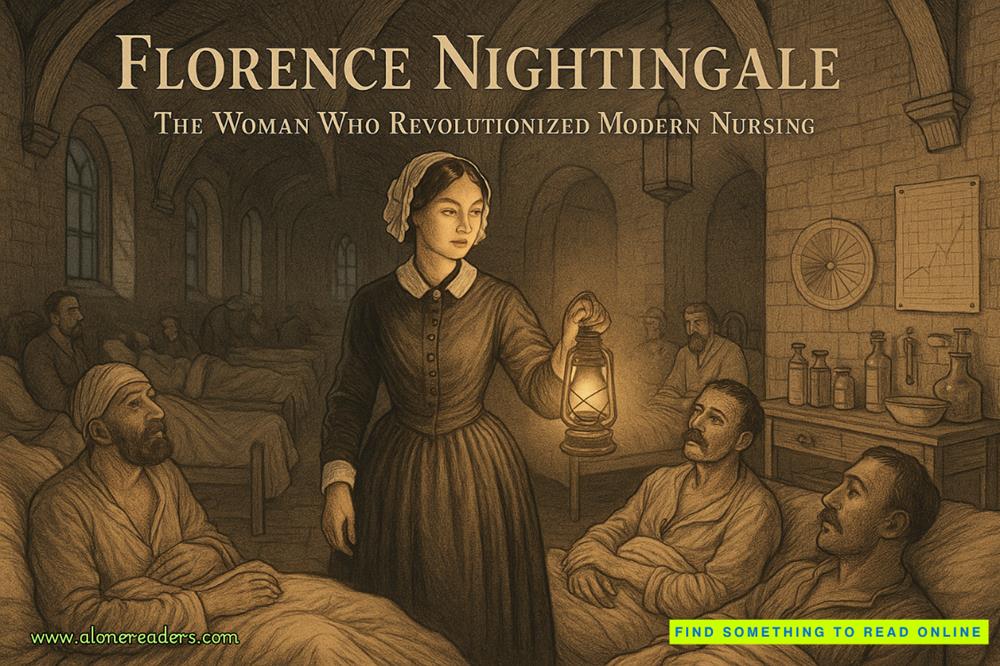Page 74 of A Master's Destiny
“I do.”
I have to admit, I’m shocked to see someone who is several years my junior acting as the expert for tonight’s instruction.
Together as a class, we watch as Nosaka lays out a jute mat and sets several bundles of rope on the floor. I notice that every movement he makes is slow, measured, and fluid.
When Nosaka is done, Master Nosh stands up to introduce him to the class.
“We are honored to have Ren Nosaka join us tonight. Do not let his age fool you into questioning his experience. Ren is a protégé who spent his entire life working under the mentorship of his father, a world-famousbakushi—a rope master of Japan.”
The Head Trainer looks at Nosaka with reverence. “Tonight, Ren Nosaka will be teaching you the fundamentals of Kinbaku, the erotic art of rope play.”
Nosaka smiles, nodding to Master Nosh. “Thank you for this opportunity to share my passion for the Japanese art of erotic bondage.”
He turns to address us. “Before I teach you any techniques, let me share a bit of history about Kinbaku. In Japan, during the 1600s, rope was used as both a restraint and a punishment. The Hojojutsu ties were deliberately designed to cause harm to a prisoner.”
Nosaka pauses for those among us taking notes. “Kinbaku is based on specific rope patterns derived from those ties, but they have been significantly modified to make them safer for erotic bondage.”
He smiles. “Recently, the West has taken an interest in Kinbaku, and people in the community here commonly use the term ‘Shibari’ to describe it. Let me explain the difference between the two terms. The word ‘Kinbaku’ literally translates to ‘bind tightly,’ and it is a verb describing the act. It implies an exchange between two people. In essence, Kinbaku uses rope to decoratively tie and restrain the body for the sole purpose of erotic pleasure.”
I notice out of the corner of my eyes that Kat seems captivated by the lesson.
“The word ‘Shibari,’ simply means, ‘to tie.’ It is generally used to describe the study of rope, or to refer to the beauty of a finished tie in a photo.”
Nosaka laughs lightly. “I have been in the middle of heated arguments about these two terms, but it is actually quite simple.”
He walks across the stage as he explains, “In Japan, we use the terms to describe the intent of the rope. If the Dominant intends to create an erotic connection during the process of binding and unbinding the rope, it is considered Kinbaku.”
Turning and walking in the other direction, Nosaka continues, “However, if the rope is being used in an artistic pose, where the emphasis and intent are aesthetically driven to highlight the beauty of a finished tie, then it is considered Shibari.”
Standing in the center of the stage once more, he faces us, putting his hands behind his back. “I practice Kinbaku. My intent is always focused on the submissive and her experience during the scene. However, I do enjoy creating ties that will enhance her beauty.”
He swoops down to pick up several of the bundles. “As far as rope, I prefer jute.” He holds up the bundle of tan rope. “However, for decorative bondage, you can also use cotton, nylon, and silk.” He holds the different materials up consecutively. The cotton looks like common rope, something you would find at a hardware store, but the nylon and silk are brighter in color and have a sheen to them.
“Each of these ropes has a different feel and strength, and some are easier to work with than others. Tonight, I will be working exclusively with jute.”
He sets the other bundles back in his bag but keeps the jute in his hand. “Because the purpose of Kinbaku is erotic pleasure, the process involves not only learning the ties themselves but knowing the pressure points on the body, as well as being aware of the subtleties of your touch and the power behind your caress as you are binding your partner.”
He looks briefly at the jute rope in his hand. “I liken it to playing a complicated piece of music. You not only have to know each note, but you mustfeelthe music here.” He rubs his chest with his palm. “The timing and intensity of each note are important, just as each tie and slide of the rope is against the submissive’s skin.”
He sets the jute back on the floor in a reverent manner. “That process extends from the beginning, before you pick up the rope, to the end, when your submissive is free from your bonds and lying safe in your arms.”
Nosaka adds with gentle emphasis, “It is a living thing—beautiful and temporary. Every step in the process acts as a vital note to create an erotic symphony for the soul, which is the essence and art of Kinbaku.”
I feel a stirring in my spirit, responding to the power behind Ren Nosaka’s words.
“Before we begin tonight’s lesson, I want you to see what it looks like in action.”
Nosaka kneels and lines up his bundles of jute in a precise line. Afterward, he stands up and holds his hand out.
A woman I hadn’t noticed before stands up from the back of the auditorium. She is barefoot and dressed in a short, red kimono. His smile grows as she approaches him. Kissing her lightly on the lips, Nosaka helps her to kneel on the jute mat using the same fluid movements as before.
Already, the scene has begun…
I have observed Nosaka’s scenes at clubs before, but his bondage is specifically tailored to the individual he’s partnered with, so the scenes he creates always have a fresh quality about them.
Nosaka moves behind his submissive and kneels as well. After enfolding the woman in his arms, she lays her head back against him. He soon begins to rock her gently. The moment he begins whispering in her ear, I can sense a change in her countenance. Very soon, they rock together in harmony.
Their connection is intimate and mesmerizing to watch.















